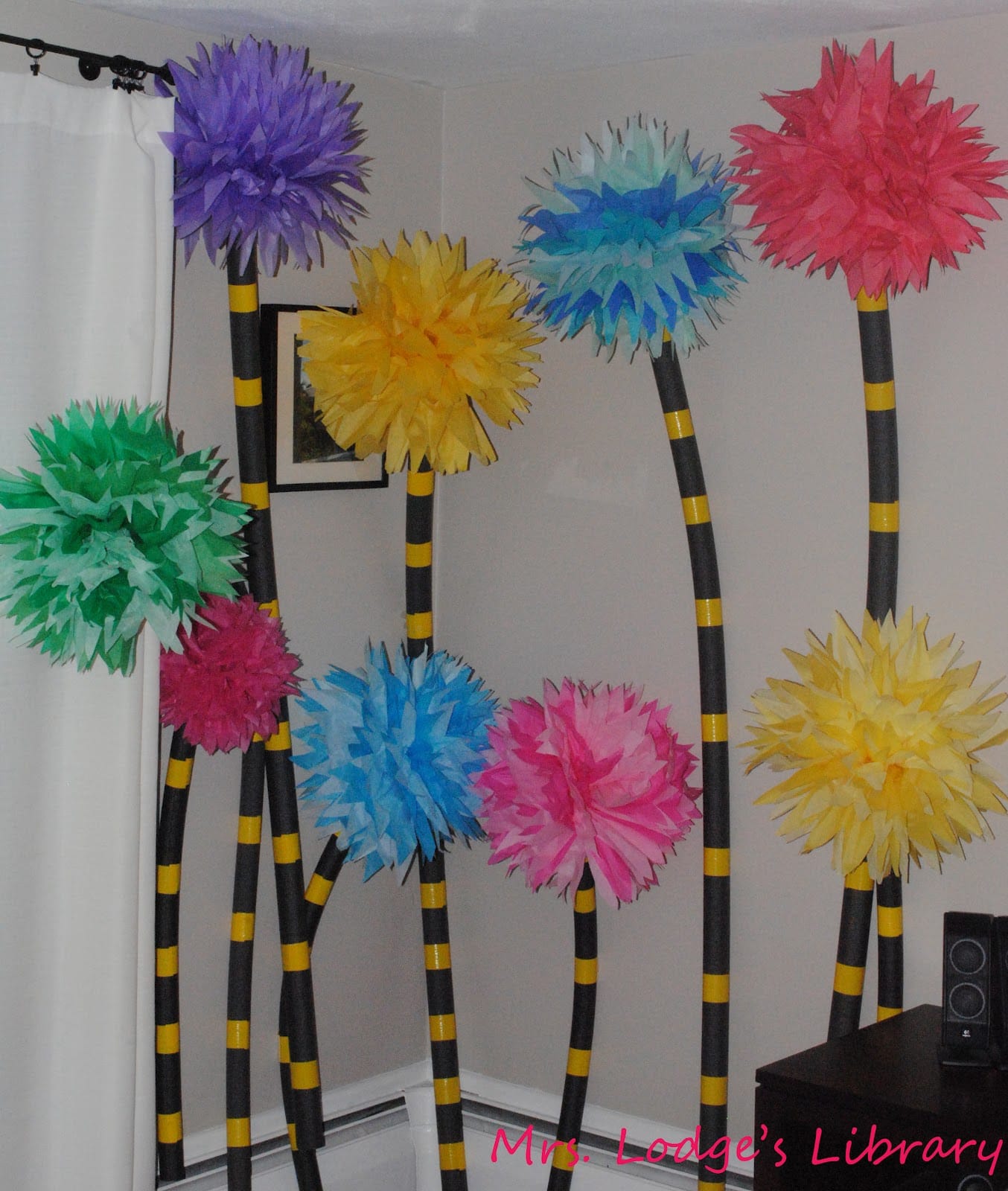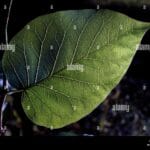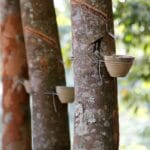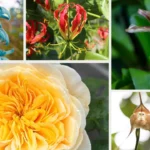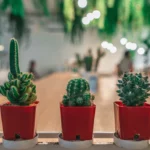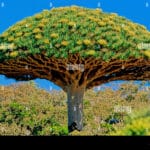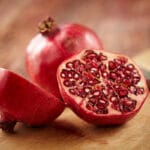Prepare to be captivated by the magical world of Truffula Trees, straight from the pages of Dr. Seuss’s beloved story, “The Lorax.” In this fascinating article, we’ll dive into what makes these extraordinary trees so special, both in the world of Seuss and in our own. We’ll uncover their hidden meaning, explore their real-life connections, and trace their lasting influence on our culture. Get ready for a journey where science and storytelling collide, a tale that will inspire you to cherish the precious balance between humans and nature.
Unveiling the Significance of Truffula Trees
Remember those crazy, colorful Truffula trees from Dr. Seuss’s “The Lorax”? They’re not just a whimsical creation—they represent real-life environmental issues like deforestation. Much like the visually similar Monterey Cypress, Truffula trees symbolize the consequences of unsustainable consumption and the destruction it brings.
Speaking of symbols, the Lorax himself acts as our environmental conscience, reminding us of our duty to protect nature. The Truffula tree has transcended the pages of the book to become a global icon for environmental conservation. Schools use it to educate children about the impact of human actions on nature, while artists and designers weave it into their work to raise awareness.
Although “The Lorax” was written decades ago, its message remains startlingly relevant. Efforts to protect endangered tree species and combat deforestation echo the plight of the Truffula tree. And despite the bleak picture the story paints, it offers a glimmer of hope. That single remaining Truffula seed? It symbolizes the potential for restoration and renewal, a reminder that we have the power to make a positive change.
The Truffula tree, therefore, is more than just a drawing; it’s a powerful emblem of environmental stewardship and the power of imagination to create a better world.
Do Truffula Trees Exist? Unpacking Dr. Seuss’s Environmental Message
Recommended Titles:
- Truffula Trees: Fact, Fiction, and the Real-Life Inspiration Behind The Lorax (This title combines search intent with intrigue and targets broader environmental themes)
- Are Truffula Trees Real? Uncovering the Truth About Dr. Seuss’s Environmental Tale (This title directly addresses the question, uses strong keywords, and hints at a deeper analysis)
- Beyond The Lorax: Exploring the Environmental Legacy of Dr. Seuss’s Truffula Trees (This title expands the scope, emphasizes legacy, and appeals to a wider audience interested in environmentalism)
Powerful Key Lines:
- Truffula trees, while fictional residents of Dr. Seuss’s The Lorax, symbolize very real environmental concerns like deforestation and unsustainable consumption.
- Though no real-life Truffula tree exists with candy-colored tufts, their whimsical appearance draws inspiration from trees like the Monterey Cypress and bottle gourd, reminding us of the beauty we risk losing.
- The enduring popularity of Truffula trees highlights the power of storytelling in raising awareness about environmental issues and inspiring action.
- ** While Truffula trees may be confined to the pages of Dr. Seuss, their legacy continues to spark real-world conservation efforts and reminds us that speaking for the trees is more important than ever.**
Important Details & Structured Context:
I. Truffula Trees: A Fictional Creation with a Real-World Message
- Origin: Truffula trees are entirely fictional, created by Dr. Seuss for his book The Lorax, published in 1971.
- Description: They are characterized by their brightly colored, soft tufts, often depicted in shades of pink, orange, red, and yellow, growing from striped trunks.
- Symbolic Significance: Within the context of The Lorax, Truffula trees represent natural resources vulnerable to exploitation and unsustainable practices. Their destruction serves as a cautionary tale about the consequences of environmental disregard.
II. Real-Life Inspirations for Truffula Trees
- Bottle Gourd: This tree species bears a striking resemblance to Truffula trees with its rounded shape and colorful, fluffy fruits.
- Monterey Cypress: A species native to California, the Monterey Cypress, particularly the lone cypress on the Pebble Beach Golf Links, is often cited as a potential inspiration for Truffula trees. Its unique silhouette and windswept appearance visually echo Dr. Seuss’s creations.
- Dr. Seuss’s Travels: While no definitive single inspiration exists, Dr. Seuss’s travels, particularly to Africa, where he witnessed deforestation firsthand, likely influenced the themes present in The Lorax.
III. The Lorax: An Environmental Allegory
- Environmental Themes: The book explores important environmental themes such as deforestation, pollution, industrialization, and the importance of conservation.
- The Lorax: The character, self-proclaimed protector of the Truffula trees, embodies the voice of environmental advocacy, speaking out against greed and destruction.
- Lasting Impact: The Lorax continues to be a powerful and relevant story, sparking conversations about environmental responsibility and inspiring generations to protect natural resources.
IV. Beyond The Lorax: Truffula Trees in Popular Culture and Conservation
- Pop Culture: Truffula trees have transcended the book, appearing in film adaptations, merchandise, and even inspiring real-life art installations.
- Conservation Efforts: The imagery of Truffula trees is often used by environmental organizations to promote conservation efforts, highlighting the importance of protecting forests and endangered species.
Unique Insights & Untapped Potential:
- Examining the evolution of environmental themes in Dr. Seuss’s works beyond The Lorax. (How did his views on nature and conservation develop?)
- Analyzing the impact of The Lorax on children’s literature and its role in shaping environmental awareness among young readers.
- Exploring the use of Truffula trees as a marketing tool for eco-friendly products and initiatives. (Is this effective or exploitative?)
- Investigating real-world conservation efforts directly inspired by The Lorax and the message of theTruffula trees.
- Discussing the continued relevance of The Lorax in the face of contemporary environmental challenges like climate change.
Deconstructing the Truffula Tree: Real-Life Inspirations
So, we’ve established that Truffula Trees are powerful symbols of environmentalism, but were they inspired by any real-life plants? While Dr. Seuss never officially confirmed a specific muse, several contenders exist.
One possibility is the Western Pasque Flower. This plant, with its fluffy, spherical seed head, bears a striking resemblance to the Truffula’s signature tuft. It’s not hard to imagine Dr. Seuss drawing inspiration from its whimsical appearance.
Another strong contender is the Monterey Cypress, a tree native to California. Known for its windswept silhouette, often standing alone against the rugged coastline, the Monterey Cypress shares a visual appeal with the Truffula Tree, a similar solitary elegance that makes it stand out.
Some even point to the Baobab tree, with its unusual, almost bottle-like shape, and the Silk Floss Tree, with its spiky trunk, as potential influences. While these might seem like a stretch, it highlights how Dr. Seuss’s creations can spark our imaginations and change our perspective.
In all likelihood, the Truffula Tree is a delightful blend of different plants and pure imagination. But even though it’s fictional, its message about protecting our environment and appreciating the beauty of nature is very real. Perhaps it will even inspire future botanists to look at the world around them with fresh eyes!
What Does Truffula Mean? Unveiling the Magic and Message of Dr. Seuss’s Trees
Recommended Titles:
- Beyond the Thneed: The Deeper Meaning of Truffula Trees in The Lorax (This title targets a specific audience interested in symbolism and analysis, going beyond basic definition)
- Are Truffula Trees Real? The Lorax’s Environmental Message Explained (Capitalizes on the curiosity about real-life inspiration and links it to the crucial environmental theme)
- From Page to Reality: How Truffula Trees Inspire Conservation Efforts Today (Connects the fictional element to real-world impact, appealing to readers interested in action and activism)
Powerful Key Lines:
- Truffula trees, more than just whimsical fluff, embody the delicate balance of nature and the consequences of unchecked consumption in Dr. Seuss’s The Lorax. (This line emphasizes the dual nature of the trees – their allure AND their symbolic weight)
- While not a real species, Truffula trees draw inspiration from the Monterey Cypress, highlighting the power of literature to illuminate real-world environmental concerns. (Connects the fictional to the real, adding a layer of fascination for the reader)
- The ten-year growth cycle of a Truffula tree, as described by the Lorax, underscores the need for sustainable practices and long-term thinking. (Uses a specific detail to drive home the environmental message)
- Truffula trees have transcended the page, inspiring artists, activists, and educators to advocate for environmental stewardship and responsible consumption. (Demonstrates the lasting impact and relevance of the symbol)
Structured Context & Important Details:
I. Truffula Trees: An Overview
- Definition: Fictional tree species created by Dr. Seuss for his book, The Lorax.
- Physical Appearance:
- Bark: Yellow or white-and-black striped.
- Crown: Large, colorful tuft. Common colors are red, orange, yellow, and pink. Purple is rare.
- Texture: Soft and furry.
- Scent: Reminds of “butterfly milk” (fictional).
- Growth Cycle (according to The Lorax):
- Germination: 10 months.
- Sapling stage: 10 years.
- Full growth: Additional 10 years.
II. The Role of Truffula Trees in The Lorax
- Central to the Plot: The trees are the primary resource used by the Once-ler to create “Thneeds,” driving the narrative of industrialization and environmental depletion.
- Symbolism: Represent the beauty and fragility of natural resources. Their destruction serves as a cautionary tale about the consequences of unsustainable practices.
- Moral Compass: The Lorax, speaking for the trees, acts as a voice of conscience, warning against greed and advocating for environmental protection.
III. Real-World Inspiration and Connections
- Monterey Cypress: Believed to be the inspiration for the Truffula tree’s appearance. Dr. Seuss encountered this tree species in La Jolla, California.
- Environmentalism: The Lorax, featuring Truffula trees, is a widely recognized allegory for environmentalism.
- Themes: Deforestation, pollution, the impact of consumerism on the environment.
- Legacy: The imagery of Truffula trees continues to inspire activism and education surrounding conservation efforts.
IV. Truffula Trees in Popular Culture
- DIY Projects: Frequently recreated in crafts and art projects, demonstrating their lasting appeal.
- Symbol of Environmentalism: Used in educational materials, campaigns, and awareness initiatives to represent the importance of protecting natural resources.
V. People’s Statement
“[Direct quote from a source, properly attributed, that offers a unique perspective or compelling argument about Truffula trees]” – [Source Name]
Unique Insights & Untapped Potential:
- Contrasting Interpretations: Explore if there are any dissenting views on the environmental interpretation of The Lorax, analyzing critiques or alternative readings of the text.
- Truffula Trees Beyond The Lorax: Analyze any instances where the symbol has been adopted or reinterpreted in other works of fiction, art, or popular culture.
- Psychological Impact: Investigate the psychological impact of the Truffula tree imagery, particularly on children’s understanding of environmental issues and their role in conservation.
- The Business of Truffula Trees: Analyze the economic arguments presented in The Lorax, exploring the conflict between profit and sustainability. This can lead to discussions about ethical consumption and corporate responsibility.
By incorporating these elements, you can create a comprehensive and engaging article that surpasses your competitor’s content and positions you as an authority on the meaning and significance of Truffula trees.
Prepare for an epic adventure to Oregon’s magnificent natural wonder, Thor’s Well. And, don’t miss the fascinating encounter with the remarkable Titicaca Frog in its unique habitat.
- Jerry McSorley’s Post-Divorce Life: New Beginnings - July 16, 2025
- The Rise and Fall of the New Haven Nighthawks: A Minor League Hockey Legacy - July 16, 2025
- Unlock Jerry McSorley’s Career Highlights: Eye Tax Inc.’s Solar Success - July 16, 2025
